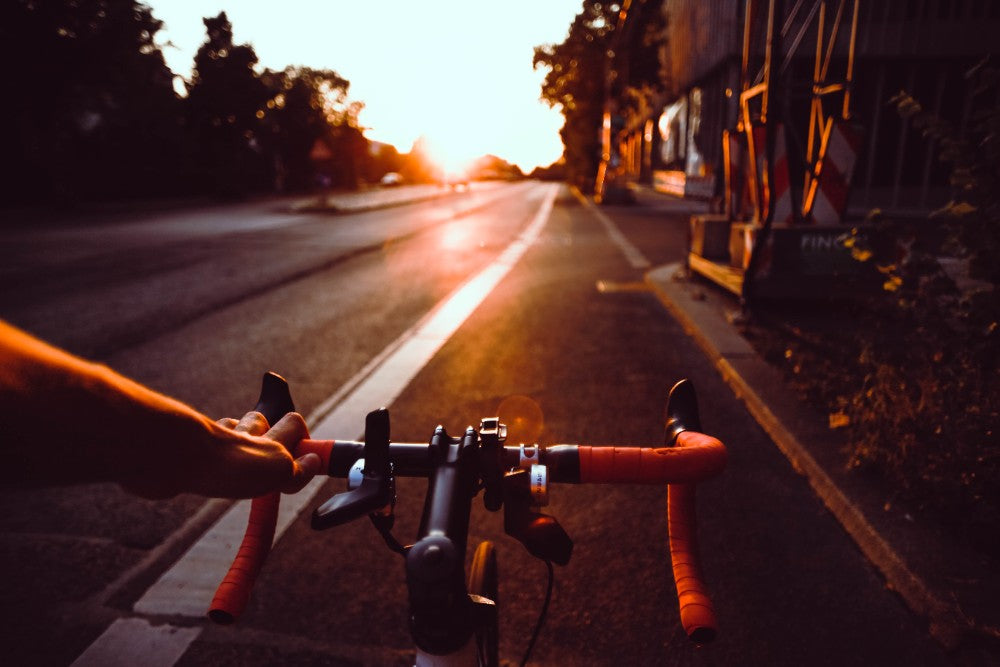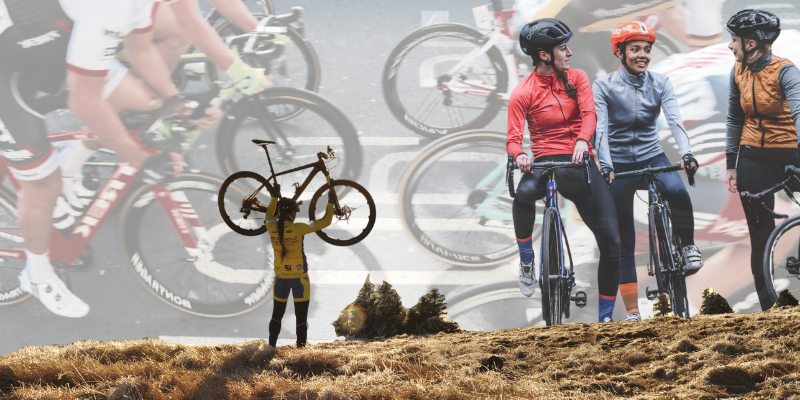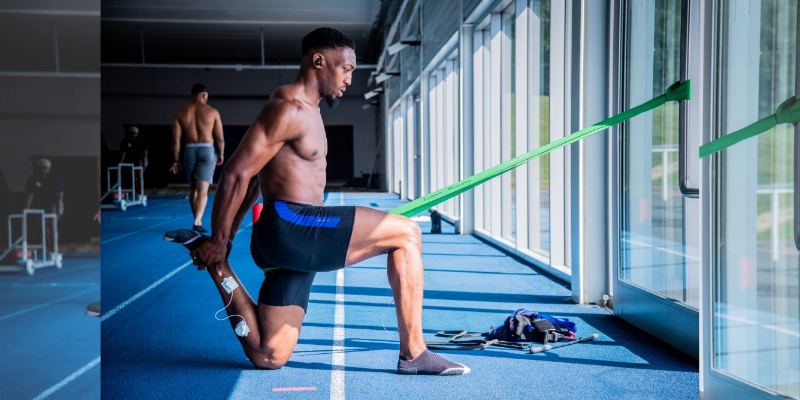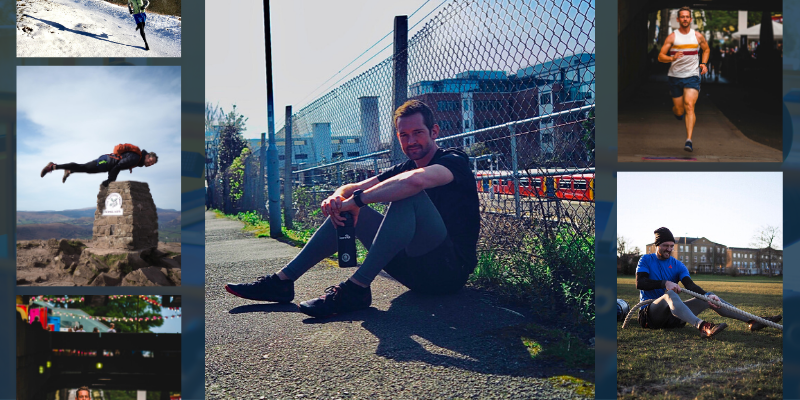The big cycling boom
Cycling in the UK experienced a big boom following the London 2012 Olympic Games as the national team enjoyed unprecedented success on the international circuit.
Now in 2020, with the world facing a ‘new normal’, cycling has once again seen its popularity rise as people look for new ways to commute which don’t involve public transport, and others look for an outside leisure activity which can be done close to home.

The stats don’t lie
Since the start of lockdown in March this year, the number of people cycling has risen exponentially, with fitness app Strava reporting that cycling trips were up 162 percent compared to the same period in 2019.
National retailer Halfords have said they have seen an 'unprecedented level of demand' for bikes, with sales up 46 per cent on a like-for-like basis in the 5 weeks to 25 September 2020. They went on to say that sales of some cycling equipment had risen 500% since lockdown.

Experts suggest that this new appetite for cycling seems likely to continue, with British Cycling policy adviser and former Olympic champion Chris Boardman saying:
“As well as using bikes to make journeys, in this new, quieter environment, people are choosing bikes as their preferred way to get daily exercise and to look after both their mental and physical health. If we can enable people to keep travelling and exercising in this way post-pandemic, we can redefine normal, creating a healthier and more sustainable future.”

Get back on the bike. But remember, safety first
Although cycling is a sport which can be easy on your joints, it is important to ensure you have the right equipment to hit the track, and to keep in mind a few simple pieces of advice to ensure you stay injury free.
Many people are deciding to get back on the bike after several years of not using it, and others are taking up the sport for the very first time. So, it is sensible to ensure you start off on the right foot.
First make sure your bike is in good working order, national body Cycling UK advises that you should ensure your saddle is set at the right height, your tyres are pumped up to the right pressure and you dress appropriately for the weather conditions.
GB Cyclist Ellie Dickinson supports getting your equipment in order before the ride. She suggests to “spend time on your position on the bike. Make sure you are as comfy as possible. The more time you spend on working this out, the less chance you have to get injured and it will really pay off in the long run.”

Dickinson goes on to give even more advice for those hitting the road on their bikes: “You should familiarise yourself with riding amongst traffic. It can be mad out there and a shock if you have been away from some of the busy roads you have to tackle.”

Don’t rush the process
If you haven’t done exercise for a while, it is wise not to jump straight into long distance bike rides or tackling your long commute every day of the week.
“Build up your cycling gradually.” suggests Dickinson. “If you are anything like me, when I have time away from something, I am eager to get back quickly and go full gas straight away. I then usually end up having to take time off because I have pushed too much.” Ellie suggests easing into it and starting with shorter rides, building up to longer distances. Rushing into long, hard rides might put you off or indeed make you susceptible to injury.

Dickinson is no stranger to injury, recently coming back from a knee injury and currently in training for the 2021 Olympic Games. “Rest days are also important. Without rest days your body will be unable to work properly for long and you will get frustrated with the riding itself.”
Coming back from injury
If you are unfortunate enough to get injured, then managing the injury and not coming back to cycling too soon is key. It is important to seek professional advice for an injury and engage in rehabilitation or physiotherapy. If you are looking for that extra aid during your rehabilitation, bioelectrical therapy is another option to help optimise the recovery process and help you get back on the bike sooner.
Dickinson is a strong believer in bioelectrical therapy and regularly uses her NuroKor device for both injury management and muscle recovery: “I use my NuroKor device both before and after training on my knee. On rest days I will sometimes sit with it for hours. I believe it has had a huge positive impact on my recovery.”

When coming back to cycling from injury or a rest period, Dickinson suggests keeping expectations at the right level: “When coming back to cycling after injury or taking some time out, you will be a little rusty when you come back. But don’t be disheartened, it will come back like everything you have learnt does.”
Cycling can often be one of the first sports people restart when recovering from injury, as it is low impact for most of the body. But as Dickinson says: “Like everything in life, progression and consistency is key. You have to keep in mind that you won’t be where you were fitness wise when you come back from time away. You need to build things up gradually."

I want to ride my bicycle
Bike riding can be exhilarating, fun and take you to new places – as well as help to keep you fit and healthy. For many people it is an excellent alternative to driving or taking public transport. As the number of cyclists grows in the UK, the Government and local councils are reacting by planning and building new cycle networks. One pop up cycle lane in Glasgow has seen the number of cyclists using that street triple.
With the UK making steps to become more ‘cycle friendly’, there is no better time to consider taking up the sport – whether for commuting or just for fun.

As Dickinson says: “My top tip for anybody restarting cycling would be to just do it! Riding a bike is mega, enjoy all the time you get on your bike and go explore.”
Click here to learn more about how NuroKor aids recovery and helps pain management



